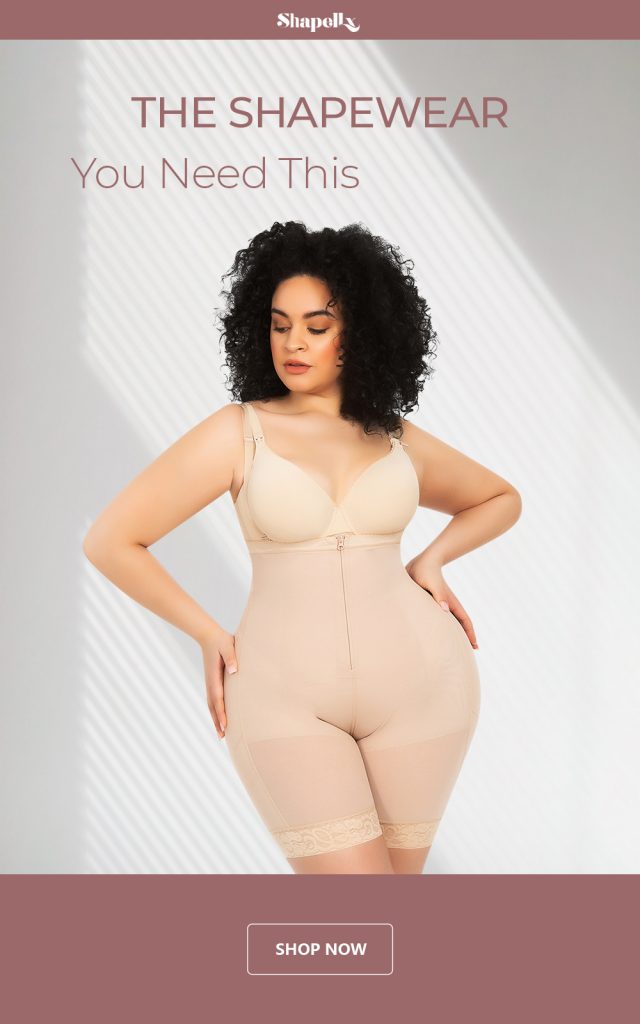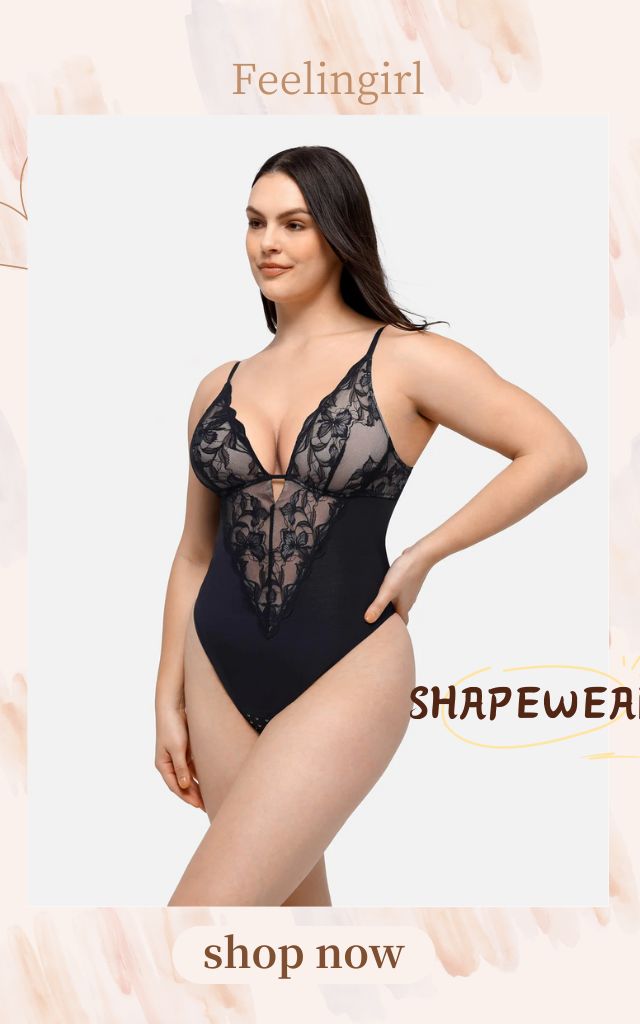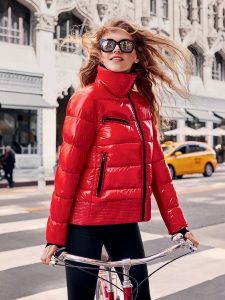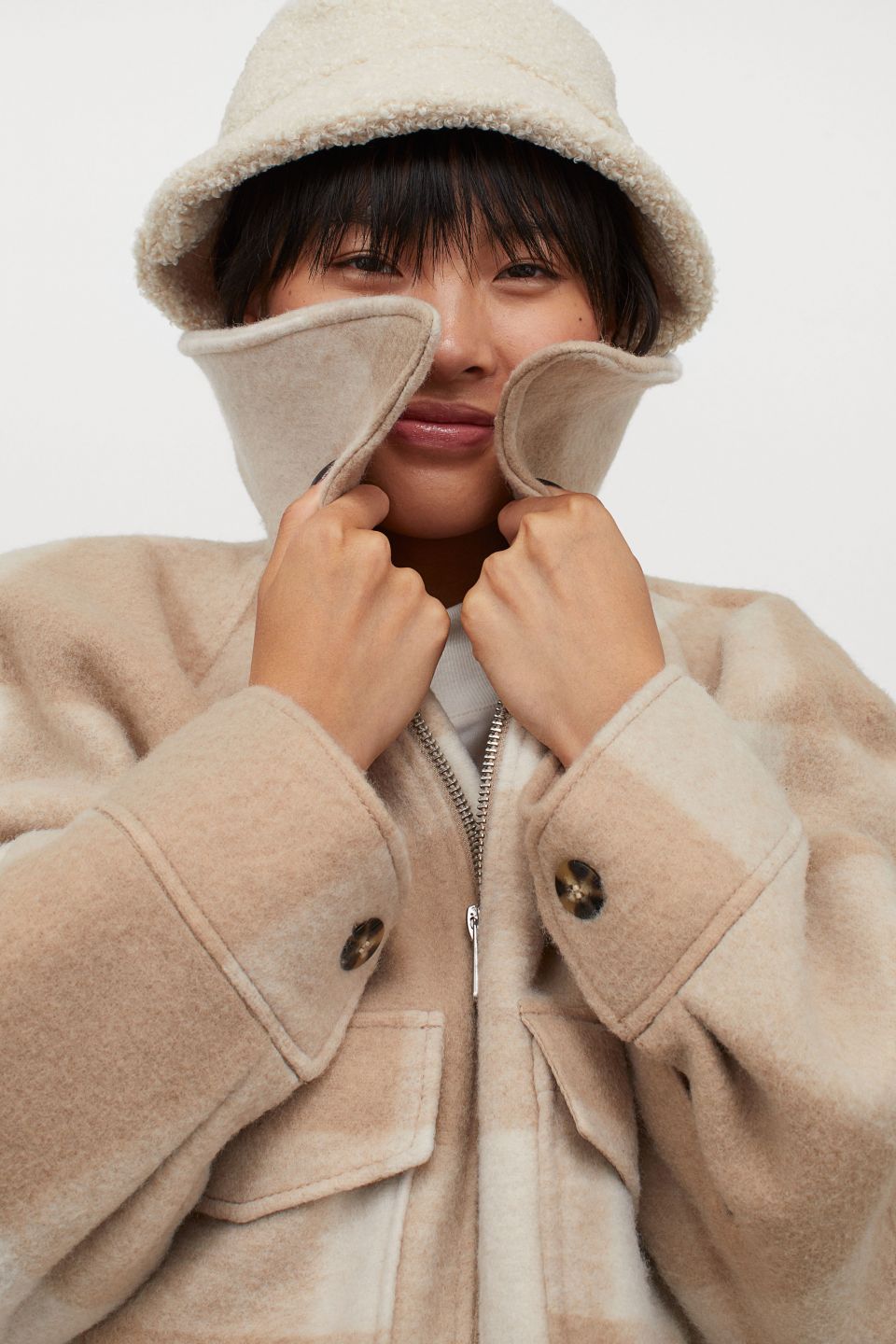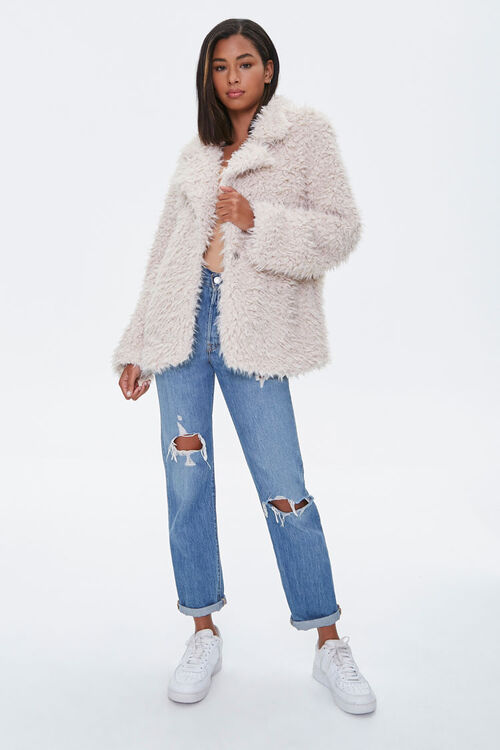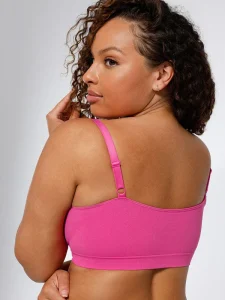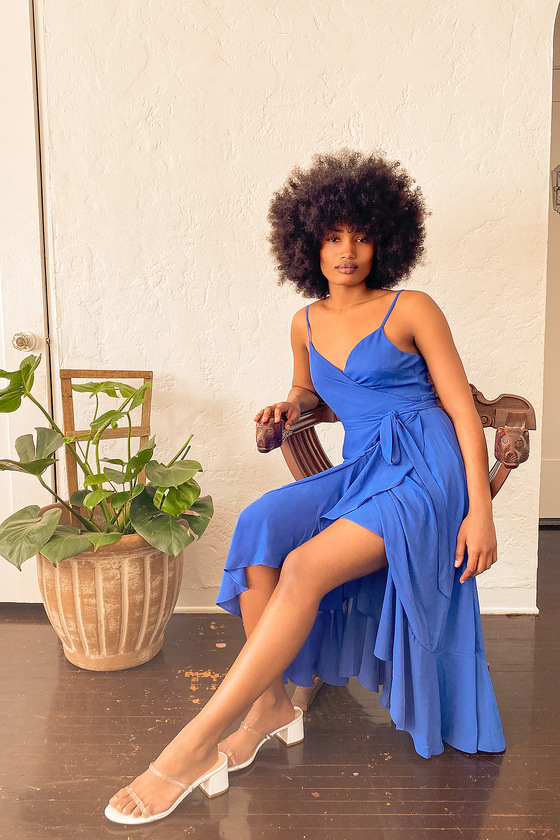The way women watch bras has changed dramatically – and the right technology and social media – is helping a group of women who are directly facing consumers to make progress in the underwear category, as loyal users of some entities are struggling to cope with sales slowdowns.
This includes the American lingerie brand Lively, founded by former Victoria’s secret executives who found an opportunity for more inclusive branding and appropriate innovation.
Lively’s founder and CEO, Michelle Cordeiro Grant, said, “Victoria’s secrets account for between one-third and 40% of the US lingerie market, depending on what you see, about $13 billion.” According to Zion Market According to the research firm, the global underwear market is worth $38.9 billion in 2017 and is expected to reach $59.5 billion by 2024.
Cordeiro Grant is a former Victorian secret executive who noted the industry’s potential for differentiation during her branding. According to L Brands’ June 2018 sales report, sales of Victoria’s Secret Stores in the US and Canada fell by 5% in 2018.
“Their view of underwear is what women feel when they see other important people. From the point of view of brand promotion, what I feel is how women feel when they look at themselves, because today’s “sexy” is smart and healthy. Positive and confident,” Cordeiro Grant said.
Again, this is Victoria’s secret experience, prompting Heidi Zak to launch the American lingerie brand ThirdLove. “I am buying a bra and wondering why I am shopping with a brand that doesn’t have quality products and there is no convincing news that resonates with me,” she said. “In general, women like to buy bras on average, which is really the driving force behind third love.”
These new players have developed new marketing strategies and are taking a new frontier to enter the market in an unorthodox way. They use e-commerce as a gateway to the industry, which is a daunting task given the nature of the product.
To address this dilemma, these brands have enabled hundreds of women to develop their own online fitness guides. Trusst Lingerie tested 300 prototypes on hundreds of women. Knix’s initial size system was based on 220 women, and Lively held 300,000 online meetings before launch.
ThirdLove’s Zak hopes to digitize the expertise and knowledge of in-store sales assistants. She claims that its Fit Finder tool is near perfect, and so far the brand has collected data on more than 10 million women using Fit Finder. Data informs product development, such as the brand’s famous half-size development. More than one-third of ThirdLove customers have purchased half the size.
“We offer more than 70 sizes, including half a cup that we don’t have others, and we can really analyze how many women are asking for specific sizes that we don’t offer,” Zach said. “Just a few weeks ago, we added 24 new sizes, which are the first 24 sizes we didn’t carry.”
Scale tolerance is crucial. In an age when people of all shapes and sizes are demanding recognition and celebration, brands can no longer count on women to fit traditional cookie cutters. “We have the right size, not just S, M, L. Our actual size is based on your body to achieve your perfect fit, rather than expecting all women to fit these three sizes,” says Faith Leeves. Founder of the British brand Lara Intimates.
Lara Intimates’s fit guide is similar to ThirdLove’s Fit Finder, bringing a true experience of integration into a digital platform. “If you enter our studio, this is the way we are right for you, so they don’t have to worry about their secrets in Victoria or the size of Marks & Spencer,” Leeves said.
“Many people think that underwear won’t work online, but I think you can do it if you help women to make sure they know what their body will look like,” adds Cindy Liberman, co-founder of Lara Intimates. “Let them measure and buy for the first time. It is building this trust because the underwear buying experience is habitual.”
Although Lara Intimates has a studio near Hackney Wick, two-thirds of its sales are still sold online, most of which are designed for the small back large cup market.

